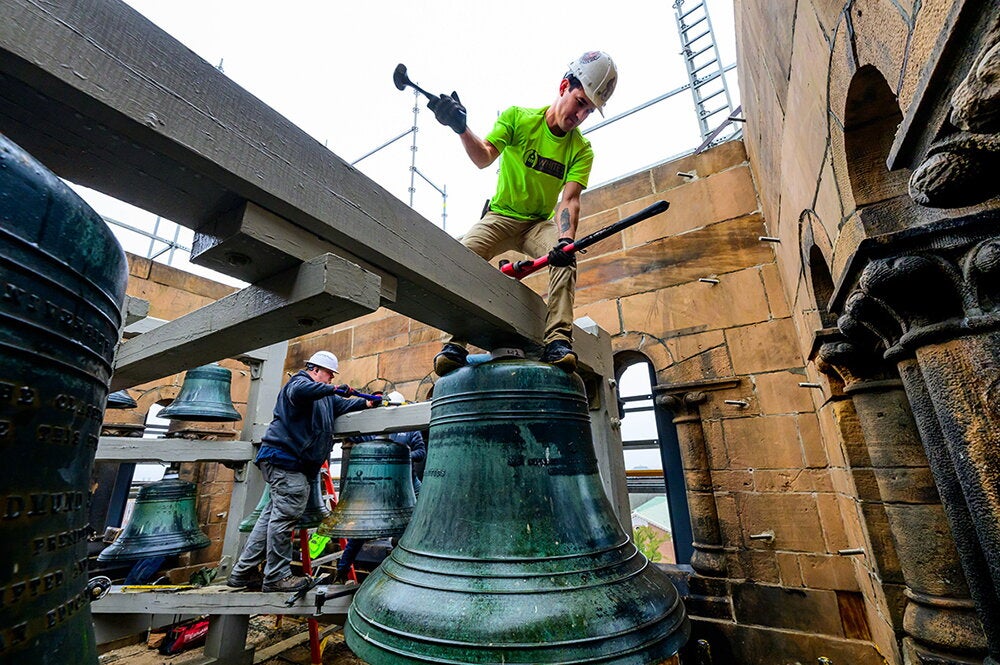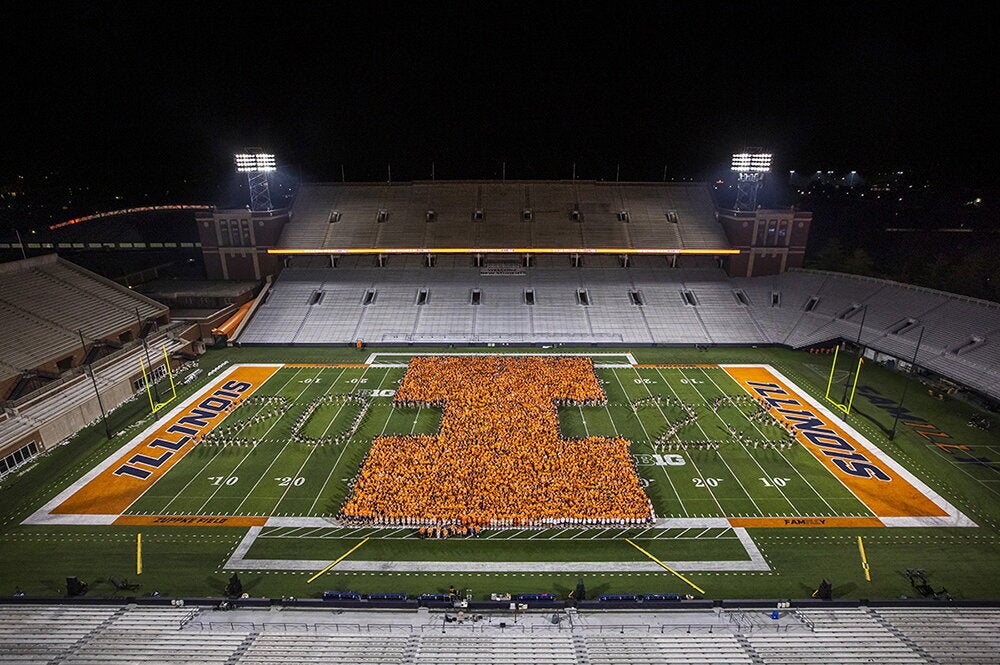

For the first time in the University of Illinois’ 142-year history, it has had to implement mandatory furloughs and other severe cost-saving measures in order to meet payroll in coming months. The measures are the result of a cash crisis that stems from a $436 million backlog in unpaid appropriations from the State of Illinois.
In making the announcement about the measures, President Stanley O. Ikenberry indicated that this drastic step was made necessary by the University’s worsening financial situation. Earlier in the year, the University had set aside $20 million in cash reserves. In November the president directed all campuses to reduce costs by 6 percent. The University must now draw upon this entire amount to meet cash needs, such as payroll. Payroll accounts for 70 percent of the University’s budget. The furloughs and rescissions affect all three campuses of the University of Illinois and are expected to save $62 million between now and May.
Faculty and academic professional staff will take four furlough days between February and May, which translates to one furlough day per month. No set days were assigned for furlough so each unit could make arrangements that least interfere with teaching and research. Top administrators will take 10 furlough days. The president also announced a freeze on hiring and wage increases.
State support for public higher education has been declining for the past 30 years: From a high in 1980, when the University received nearly 48 percent of its operating budget from the state, to less than 17 percent today.
In the College of Liberal Arts and Sciences, a team of 12 executive officers—the Strategic Advisory Team—drawn from across the college has been working since early last fall to plan for the budget reductions, including planning for the short-term cash rescission and potential longer-term changes. The Strategic Advisory Team has sought ways to reduce instructional expenses and prioritize critical hiring. As a result, the college will be able to meet the current budget reduction with minimal harm to its core scholarly and educational mission. “We are trying to ensure that necessary changes have as little negative influence on our students and our faculty as possible,” says Ruth V. Watkins, dean of LAS. “For our students, this is their education and we will do everything within our means to continue to provide them with the kind of outstanding experience for which Illinois is known.”
The University has been relying on tuition payments, the overhead attached to research grants, and other sources of income, such as donations from alumni, to meet its immediate cash needs, where permissible. Many of these funds, such as research grants, are restricted and may not be used to cover instructional costs. Some private gifts also come with restrictions.
Even with the recent drastic measures, the University’s financial situation remains dire. “At some point we will be unable to meet payroll and complete the academic year unless there are significant payments from the state, as promised,” says Ikenberry.
Financial planning for the coming fiscal year, which begins in July, includes the possibility of layoffs.
In an interview with the local public broadcasting station, President Ikenberry and Chancellor Bob Easter (both of whom are interim) iterated that the University will look different five years from now, particularly with a more streamlined administration. The goal, said Easter, is to focus on priorities and make the kinds of strategic cuts that will enable the University to weather the crisis with its essence intact, then move strongly into the future.
How You Can Help
Join Illinois Connection and become part of a grassroots voice in Springfield for U of I.


